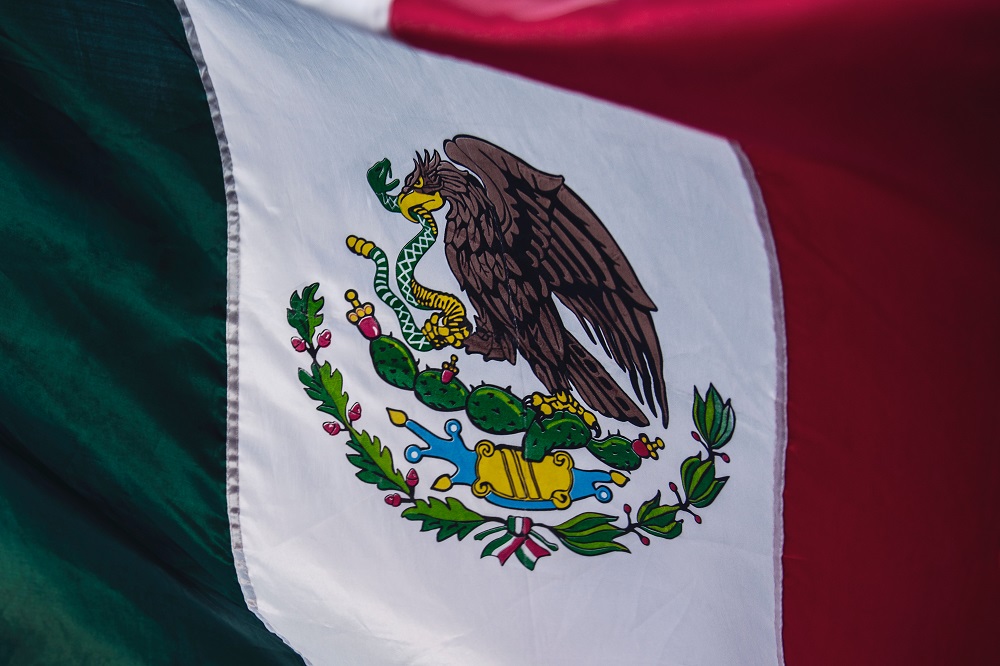• Extortion is extremely prevalent across much of Mexico, although the majority of cases go unreported due to fear of reprisals and police inefficiency. According to recent statistics, there was a 55.6% increase in the number of extortion incidents in 2022 compared to the same period in 2018.
• Regions with an active cartel presence are considered hotspots for kidnap for ransom and extortion threats. These include the states of Michoacan, Sinaloa, Zacatecas, and Colima, amongst others. Overall, the states with the highest number of reported incidents are Veracruz, Estado de Mexico (Mexico State), and Ciudad de Mexico (covering Mexico City and surrounding areas) with Puebla and Morelos following.
• Whilst kidnappings are most frequently carried out by cartels and kidnapping syndicates, the perpetrators of extortion are mostly small- to medium-sized criminal organizations that focus on smaller areas of territory. In doing this, groups are able to gather information on their victims, preferring a targeted approach over the opportunistic methods seen in other criminal activities.
• The victims of kidnapping and extortion are typically individuals linked to multiple public and private sectors, including government and law enforcement, the judiciary, medium and high-net-worth businesspeople and their families, agricultural workers, and cross-border migrants. Whilst statistics show that the majority of victims are domestic nationals, foreign nationals perceived to have the financial means to pay larger ransom demands are also frequently targeted.
• In terms of Modus Operandi for kidnapping and extortion, Mexican cartels and criminal actors display a diverse range of operability based on planning, resources, and geographical location. This includes ‘false kidnaps’ (falso secuestro), when criminals identify a potential victim and hoax them into concealing their whereabouts, they then contact the victim’s family members claiming that the person has been kidnapped. False kidnappings bear a similarity to virtual kidnappings, which have also seen a rise in recent years especially in the state of Michoacan, in that trickery is employed to obtain a ransom sum without physically holding the victim(s). Recent incidents include:
• On 4 January 2023, a young man in Michoacan disappeared in what was later found to be a falso secuestro. According to the victim, he had received threatening calls from an unknown number and gone into hiding. Meanwhile, his mother received a series of large ransom demands.
• On 12 December 2022, five individuals in Michoacan were contacted and told to leave their workplace under false pretences. Simultaneously, their employer was contacted and told that the employees had been kidnapped, the caller demanded a large ransom sum in exchange for their safe return.
• On 15 November 2022, a family in Estado de Mexico were the victims of a virtual kidnapping. According to reports, one of the children was contacted and told that their mother had been kidnapped and that, in order to save her, the family would need to deposit 200 pesos into a safety deposit box. Meanwhile, the mother was also contacted and told that her children had been kidnapped. She received a larger ransom demand which she deposited into the same safety deposit box.
• It is believed that less than 1% of all extortion cases in Mexico are ever actually reported to authorities. As such, it has become known as an “invisible crime”. However, it quickly becomes visible once the victims refuse to pay. In this event, extortion frequently escalates to vandalism, arson, violent assault, and even murder.
• Corrupt authority figures have also been known to engage in kidnap and extortion activity. A recent case involved the arrest of four municipal officers in Naucalpan municipality, Estado de Mexico for the crime of express kidnapping. In October 2022, the group was taken into custody for committing a series of crimes in which victims were detained in police vehicles until they paid a significant sum of money. The officers also tried to bribe personnel of the Attorney General’s Office in Estado de Mexico during their arrest. Additionally, on 12 October 2022, Mario Cedillo Infante, mayor of Guerrero, Coahuila, was abducted with eight other people after being pursued by two trucks with armed men in the city of Nuevo Laredo. The abducted individuals were eventually released on the following day with no ransom transferred.
• Kidnappings of vulnerable migrants continue in Mexico given its geostrategic location for the USA border. On 15 November 2022, 85 migrants were kidnapped in a bus in transit to the USA, while travelling through Ciudad Juarez, Chihuahua.
• No new incidents concerning foreign tourists were recorded in the last quarter of 2022 or in early 2023. Nonetheless, the national and state response continues to deploy further security forces to the affected areas (Quintana Roo and the Yucatan Peninsula) to support large numbers of police and military already in place to safeguard tourist resorts popular with foreign nationals. Incidents targeting tourist destinations are likely to continue, as the most powerful cartels show no signs of retreating from territory and trafficking routes gained from one another, nor from operations in territory previously deemed safe for domestic and foreign tourist.
• So far, 2023, has seen a substantial escalation in cartel violence in Mexico following the arrest of Ovidio Guzman, the son of El Chapo and one of the current heads of the Sinaloa Cartel. The Sinaloa Cartel is currently Mexico’s largest and most powerful cartel, responsible for most of the fentanyl and methamphetamine trafficking to the United States. Given the extent of the organization and their influence in the country, it is likely that the arrest of one of their kingpins will affect cartel dynamics as a whole in the country going forward.

